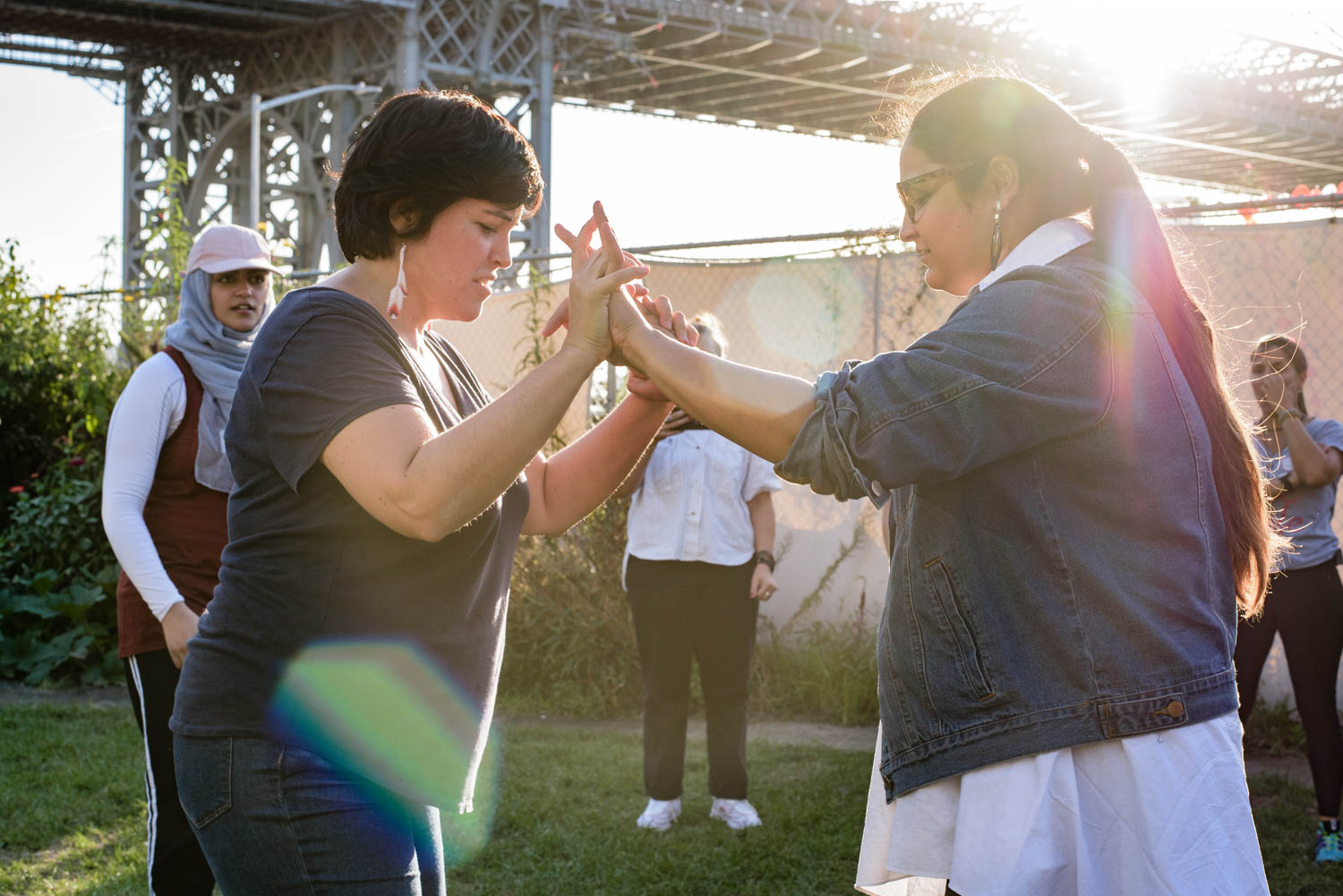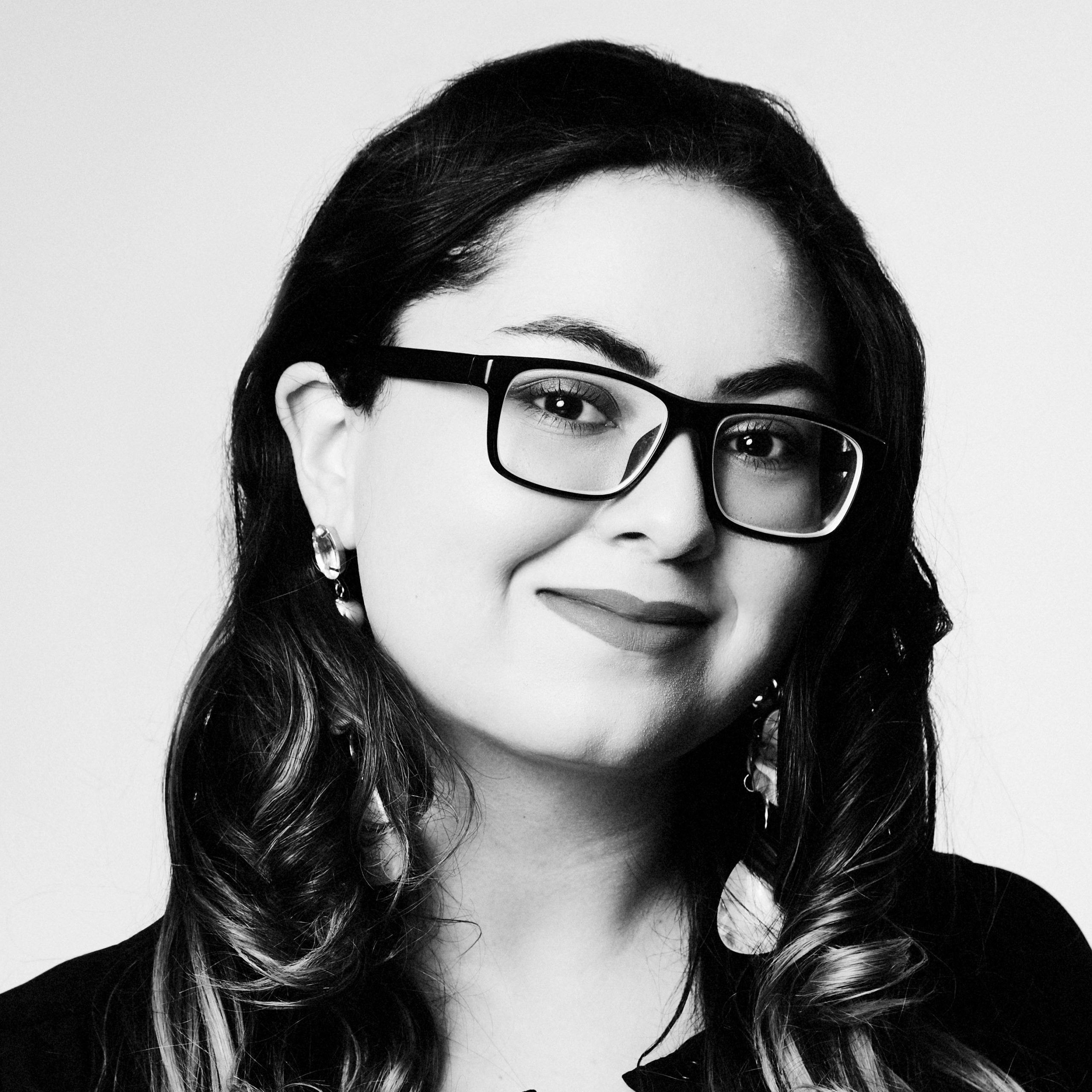Hostile Environments and First Aid Training has been the gold standard for journalist safety for more than 20 years. But during that time, journalism has changed — dramatically. It is more diverse, more digital and more deadly, with new threats for journalists emerging every day.
Simply put: The safety training community hasn’t adapted quickly enough to keep pace with changing face of journalism.
The first HEFAT course for journalists was started by ex-British military personnel and emerged after the Bosnian war in the late 1990s. At the time, it was the first comprehensive training preparing journalists for wartime reporting. In the successive conflicts in Iraq, Afghanistan, Egypt, Syria and elsewhere, these courses helped keep journalists safer.
In the years since, the number of HEFAT providers and newsroom safety advisers has grown, yet not at pace to fill the need. Most of these advisers have similar backgrounds — veterans with combat or special forces experience who are, most often, white men. While combat experience makes trainers well-positioned to keep journalists safe in war zones, their knowledge is often based on what safety means for white, male war correspondents.
When it comes to the risks faced by journalists reporting in the United States, or the threats that LGBTQ and women journalists experience in the field and online, there is a significant gap.
[the_ad id=”667826″]
While an average journalist based in the U.S. today may not require combat skills, they do need to know what to do if an active shooter enters their newsroom, if an online troll doxxes them or if they are caught in a clash between police and protesters. When it comes to journalists from underrepresented backgrounds, the risks are even more complex.
As Marketplace correspondent Kimberly Adams puts it, “Which communities and situations are considered ‘hostile’ or ‘dangerous’ can be quite subjective, and that can shape coverage in damaging ways, especially for communities of color. Newsrooms themselves can be ‘hostile environments’ for women, LGBTQ and BIPOC journalists when they are subject to discrimination at work.”
When journalists have safety advisers in their newsrooms who understand diverse risks, or a safety trainer who can offer them advice based on hostility toward a journalist’s own community, it makes a huge difference.
“While we often talk about the risks that reporters face in the abstract, we can never lose sight of the fact that risk is always experienced by every individual in a deeply personal way,” said Eliot Stempf, head of high risk at BuzzFeed. “A more diverse set of safety advisers will help newsrooms to better train and support their reporters, and it will make for safer journalism.”
While today’s safety risks are complex, there have been some new efforts to address them. For the past six years, the International Women’s Media Foundation has offered safety training specifically for women journalists, bringing that training to the U.S. in 2020 to address covering the 2020 election and the Black Lives Matter protests.
“Journalists are facing new threats, and we have to be responsive to them, said Elisa Lees Muñoz, executive director of the IWMF. “That means taking into account a journalist’s full identity and providing holistic, individualized and intersectional safety training tailored to who they are.”
[the_ad id=”667872″]
Right now, inclusive safety training is difficult to find. The number of people with experience in security, an understanding of journalists and who come from a diverse background is small. When Ali Baskerville, a soldier-turned photojournalist, founded ROAAAR in 2018, she wanted to “build a space where our identities and lived experiences served as the context for our personal safety — as well as the training we designed to keep ourselves safe,” she said. “Racism, sexism, homophobia, transphobia are all safety concerns and need to be better reflected in the training we deliver.”
It is out of this shared commitment to inclusion, and a belief that safety advisers should reflect the journalists they support, that the IWMF and ROAAAR are launching Next Gen Safety Trainers, a pilot program to change the model for journalism safety to reflect journalism’s current reality.
Developed in consultation with a committee of journalism safety experts like Baskerville and Stempf, this program will offer a cohort of 12 women and nonbinary people training and mentorship. By the end of the fellowship, this cohort will have the basic skills to work as newsroom safety advisers and HEFAT trainers, elevating the standard for journalism safety.
The IWMF and ROAAAR are currently accepting applications for their Next Gen Safety Trainers Fellowship through Feb. 27. Interested applicants can find more information, as well as the link to apply here.
[the_ad id=”667878″]







